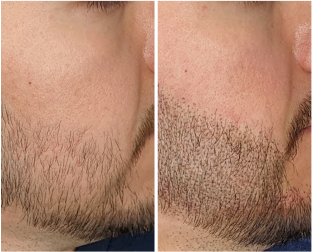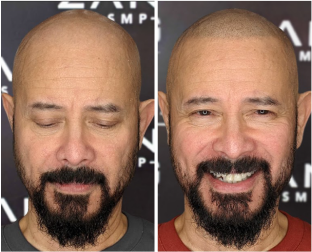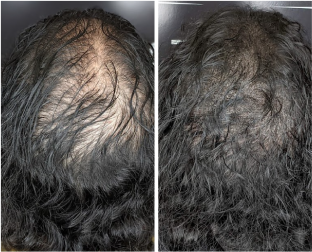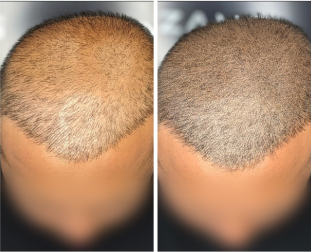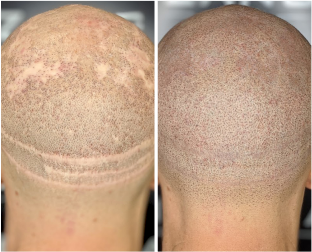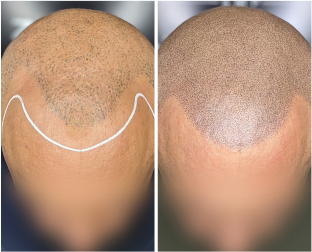Men start with their receding hairline into the “M” shape pattern where women start with thinning into the front and typically around the part where the side and top of the scalp meet. Gradually overtime the hair continues to thin out however typically styling a hair a certain way can at least conceal the scalp and not have the thinning be as obvious.
However post menopause women typically see hair continue to thin out overtime. Another common form of initial hair thinning is post pregnancy after childbirth some women experience extreme thinning initially due to hormones being on overdrive during pregnancy. However this tends to be temporary as most of the time the hair growth tends to recover.
Women are also able to experience alopecia, specifically androgenetic alopecia. Essentially the hormone androgen, if overproduced, can cause acceleration of thinning for women. Women with thin hair to start typically share genetic similarities with those of in their family. There is one family of women we treated, we treated 4 different women of that family all because they all share that same trait of thin hair.
What solutions are there to address thinning? Hair transplant is a solution if your donor area is not extremely thin. Another guaranteed solution to work, no matter how thin or thick the donor hair is, is Scalp Micropigmentation. SMP can certainly enhance the density on the top and provide a more full of head look.




